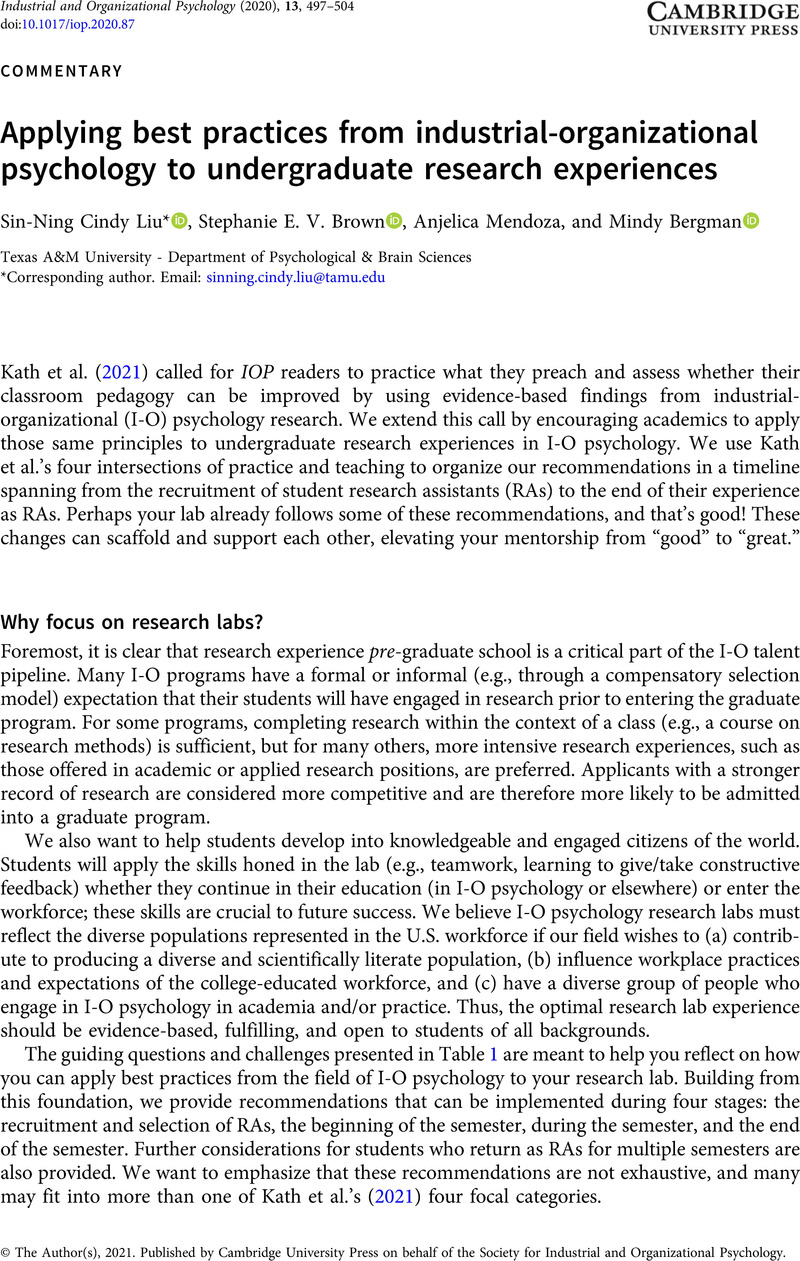Crossref Citations
This article has been cited by the following publications. This list is generated based on data provided by Crossref.
Kramer, Jenna W.
2022.
Expectations of a Promise: The Psychological Contracts Between Students, the State, and Key Actors in a Tuition-Free College Environment.
Educational Evaluation and Policy Analysis,
Vol. 44,
Issue. 4,
p.
759.



